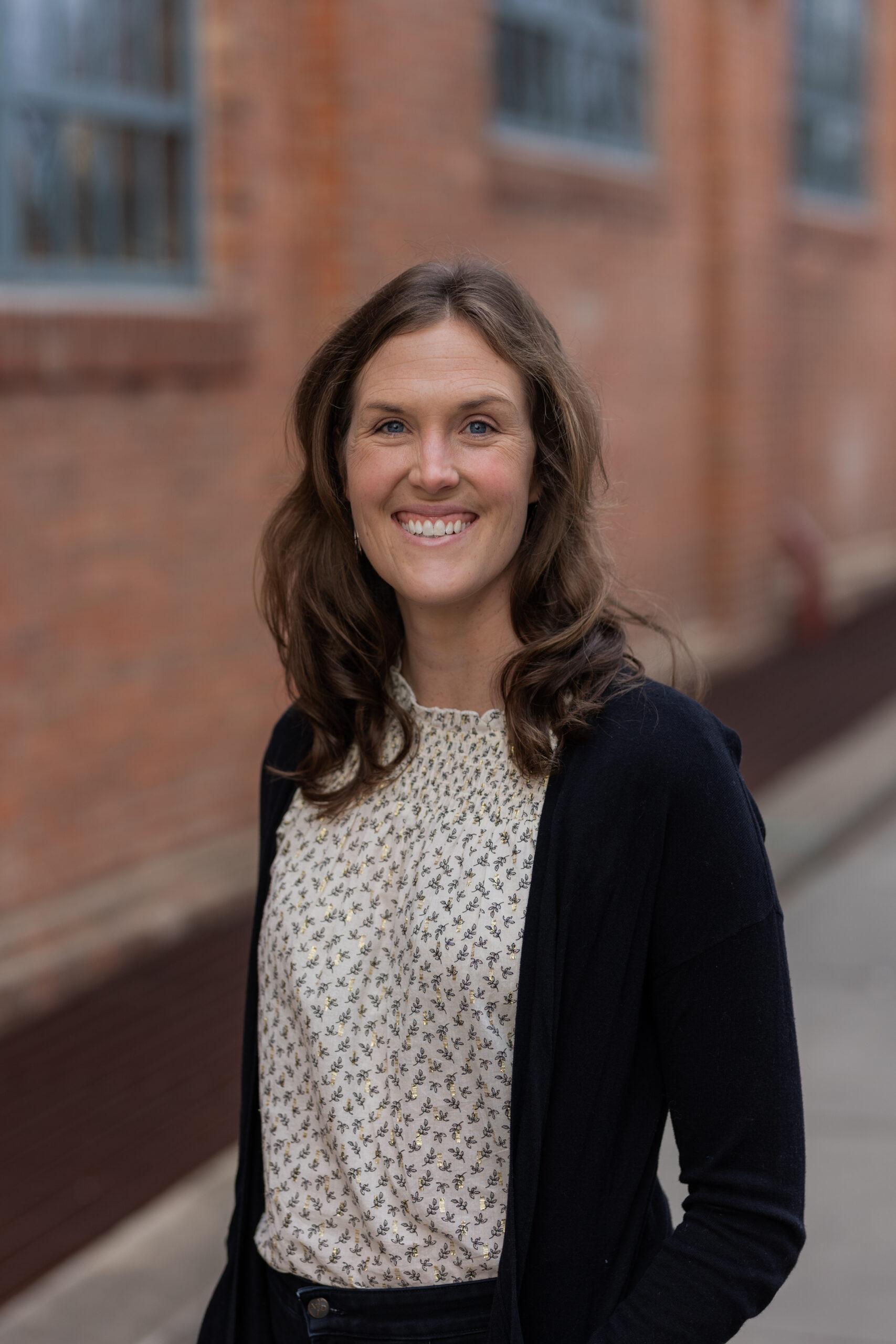Click here to download the report
Improving the well-being of young children is one of the most important investments a community can make. Infancy and toddlerhood are periods of rapid physical, cognitive, social, and emotional development. During these years, children need nurturing care and appropriate stimulation from their family and friends, as well as community-, state-, and national-level programs and services to ensure positive present and future outcomes. Conversely, we know that negative early experiences (such as poverty), insufficient nurturing and stimulation, poor access to health care, and a lack of other important family supports can have lasting harmful impacts.
Philadelphia has taken bold steps that acknowledge the importance of children’s earliest years to ensure a positive future for the city. New initiatives, led by both municipal government and the private, nonprofit sector, are elevating Philadelphia’s profile as a leader in lifting young children to the top of the civic agenda. Through these initiatives, leaders are working to foster cross sector collaboration to improve the long-term outcomes for young children.
At the same time, the city and its residents continue to face stiff challenges. This is a time of transition for Philadelphia in many respects, as the city is experiencing changes in demographics, economic growth, housing patterns, and access to education. Philadelphia is simultaneously becoming a richer and poorer city. While poverty and deep poverty continue unabated, Philadelphia is experiencing residential growth (The Pew Charitable Trusts, 2017).
The sixth-largest city in the United States, Philadelphia is a diverse, multi-racial, multi-ethnic city, and a reflection of the nation’s current demographic transformation. By 2044, the majority of the U.S. population will be people of color (Colby & Ortman, 2014). Philadelphia is home to about 66,000 children under age three (i.e., infants and toddlers), and already, most among these youngest children (69.8 percent as of 2016) are children of color. While the city has in place numerous programs and services to support its youngest residents, disparities in well being that follow geographic, racial, and ethnic lines are still evident—a reflection of a long legacy of discrimination and disenfranchisement. Despite many bright spots of hope, extremes of poverty and wealth continue to cast a shadow on the city’s future—including that of its youngest residents.
This report provides a portrait of the well-being of Philadelphia’s youngest children. It includes a range of indicators (objective measures) intended to highlight how this group is faring, and how its well-being compares with national data. While indicators cannot tell us the underlying reasons why the data appear as they do, they can help identify disparities in well-being, or in the availability or receipt of services. Indicators in this report focus on child- and family-level risk factors for early development, such as poverty, health and safety, and family and community characteristics. The report also highlights the reach of public support systems, including early care and education programs, that can mitigate developmental risks, and promote positive development and resilience.
While this report draws upon publicly available data (e.g., from national surveys) and administrative data provided by the city of Philadelphia and state of Pennsylvania, it does not include all relevant indicators of infant/toddler well-being. Some desired indicators data are missing here, either because they are not routinely collected or were not available for this report. Examples include data on routine/preventive medical care, as well as community-level assets and the strengths of families and young children themselves—like secure parent-child attachment—which we know can promote positive development and mitigate some of the risks noted in the report (Ranson & Urichuk, 2008).
Further, there is a need for more data that can be reported at sub-city geographic levels. While some data are available at the level of zip codes, most indicators can be reported only on a citywide basis. This lack of capacity limits our understanding of neighborhood-level variability, both in terms of outcomes and in the effectiveness of interventions. Despite these limitations, the data we can include here highlight areas where Philadelphia’s infants and toddlers are faring better, worse, or about the same as their peers nationally, and compared to some other cities with similar demographic characteristics, including size and poverty rates. Perhaps most importantly, the report provides baseline data that can serve as a reference point by which to assess the effectiveness of efforts—both those already underway and those yet to be undertaken—to improve prospects for all the city’s infants and toddlers.
Key findings
• More than 7 in 10 parents (71.7 percent) of Philadelphia’s infants and toddlers are in the labor force. Although that rate is lower than the national rate (74.1 percent), it is higher than for comparable cities. For example, Chicago’s rate is lower (70.4 percent), and labor force participation in Philadelphia is nearly 10 percentage points higher than New York’s (61.8 percent).
• To promote early learning and meet the needs of working parents, the number of affordable, high-quality early care and education programs in Philadelphia has increased over the last several years. However, since 2014, the focus has largely been on increasing available resources for preschool-aged children; infants and toddlers have more limited options. For example, in July 2017, slightly fewer than 2,800 infants and toddlers receiving child care
subsidies were being served in Keystone STARS 3- and 4-star rated programs, which are considered high-quality child care programs. Moreover, Early Head Start, also considered high-quality by the state, has a limited reach: Less than 3 percent of infants and toddlers who are eligible are receiving those services, which is less than half the corresponding nationwide percentage (eight percent).
• Despite their parents’ work efforts, nearly one-third (32 percent) of Philadelphia’s infants and toddlers still live in poverty—perhaps the single greatest risk to children’s development. Comparing Philadelphia to other cities, New York has a lower share of infants and toddlers in poverty (25.4 percent), while Detroit’s share is much higher (62.3 percent), nearly double Philadelphia’s.
• Nearly two-thirds (65 percent) of infants and toddlers live in neighborhoods of concentrated poverty. In fact, Philadelphia’s infants and toddlers are twice as likely to live in neighborhoods with concentrated poverty than the national average. Philadelphia’s Hispanic infants and toddlers are disproportionately likely to live in concentrated poverty, compared to their non-Hispanic peers.
• Some health measures for Philadelphia’s infants and toddlers compare poorly to national averages. Rates of infant mortality, low birth weight, and late or no prenatal care are higherthan national averages, and the percentage of new mothers who breastfeed in Philadelphia is lower than the national percentage. However, among Philadelphia’s black mothers, the rate of breastfeeding is higher than among their U.S. peers.
• At the same time, several indicators of risk for infants and toddlers are notably better in Philadelphia than the United States as a whole. For example, the rate of smoking during pregnancy is lower in Philadelphia than the national rate. Additionally, more young children are up-to-date on immunizations in Philadelphia (77.0 percent) than the national average (70.7 percent).
• Compared to the national average, Philadelphia has a higher percentage of births to women who are unmarried; this can be associated with disadvantage because economic insecurity is so prevalent in this group. In 2016, 56 percent of Philadelphia women were unmarried when they gave birth, compared to just under 40 percent nationally.
Our report aims to deepen state and city level stakeholders’ understanding of how Philadelphia’s youngest residents are faring, and where there are opportunities for improvement. This information can be used as a reference point as the city’s leaders continue to evaluate how young children (and their families) are doing, and to inform decision making and monitor progress to better support young children.
© Copyright 2025 ChildTrendsPrivacy Statement
Newsletter SignupLinkedInYouTubeBlueskyInstagram


